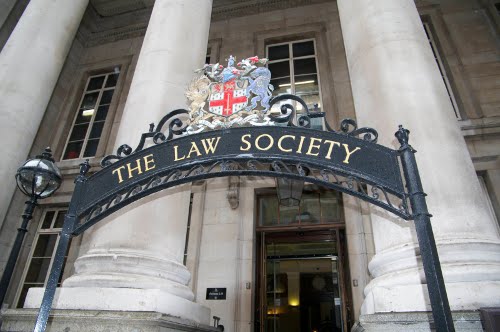Solicitors need advice | entity regulation & administration

Solicitors whose practices are facing financial difficulty, or allegations of misconduct by members of staff should take advice on their own legal position. Recent cases before the SDT show that intervention, administration, or dealing with complaints against members of staff can bring about serious disciplinary charges where solicitors have had no dealings with the issues, and often relied upon others to guide them through the ‘murky waters’ of ‘new outcomes focused’ regulation.√جª¬ø

In a recent article in the Law Society Gazette, Gregory Treverton – Jones QC presents a blistering attack on the SRA approach to entity regulation, following a prosecution of an LLP for breaches of the 2007 Code of Conduct that was eventually withdrawn following powerful representations that the case was misconceived.
The article is in the Law Socitey Gazette, Thursday 5th July 2012, available by clicking here.
The case concerned a medium sized firm where an experienced consultant had conducted probate work that resulted in a complaint. The matter was resolved by a reduction in fees and the payment of compensation and the LLP provided an undertaking that the consultant would no longer carry out probate work.
Although no action was taken against the consultant or the supervising partner ( who subsequently left the LLP), the SRA issued proceedings against the LLP, taking the view that the entity was bound by the Code of Conduct, despite the fact that there was no failure to supervise or any systemic failure alleged.
The result was that;
‘seven individually blameless solicitors were in effect hauled up before the SDT. Although, technically, they as individual were not being prosecuted..they, as individuals have to meet the costs and suffer the consequences: the reputational damage sticks to them, as much as the firm.’
The prosecution was eventually withdrawn, but it the conclusion of the author is that lessons should be learned and henceforth entities should only be targeted for prosecution when they deserve to be.
In another case, similar difficulties have arisen where the SRA have chosen to bring charges against the entity rather than the solicitor who is responsible for the transaction that is subject of the investigation, where another solicitor in the practice is joined as a ‘co accused’. The second solicitor wishes to cross examine his partner, but it remains to be seen whether or not that partner will chose to attend the hearing, or send the ‘practice manager’ to represent the entity.
Other similar issues arise in cases were LLP’s or new Alternative Business Structures face financial difficulty. Intervention by the SRA arises where the SRA in effect closes the practice. The intervention is a step taken to protect clients’ interests and money in the public interest. It is a protective measure and does not necessarily mean that the SRA has made any findings against a regulated firm or individual.
Firms in difficulty often look to find another firm who can rescue the practice, in the interests of the clients, the employees and the creditors. As larger firms have faced difficulties, insolvency practitioners are often appointed to negotiate a safe transition. This requires consideration of many issues including the question of professional indemnity cover. Firms that come to the rescue of distressed law firms seem to spend an inordinate amount of time ensuring that they are not a ‘successor practice’, thereby avoiding some of the liabilities of the distressed firm.
Recent cases have shown that solicitors who find themselves in such a situation should take their own legal advice. In one case, four partners in a firm in difficulty navigated their firm into administration and then on to a sale to ‘newco’ on advice from others including the bank and the administrators. They failed to appreciate consequences of entry into the ARP [Assigned Risks Pool] and subsequently were charged with serious misconduct before the SDT.
Such an example might be a proper case where charges are brought against the entity rather than the individual as it is the firm that has had the benefit of the insurance, rather than the individual ( although, by the terms of the ARP, both are jointly and severally liable). Such an approach might stem the flood of cases presently coming before the SDT and encourage those who purchase firms in distress to taken on the liabilities as well as the assets of the target practice.
Originally posted 2012-07-07 00:00:00.


